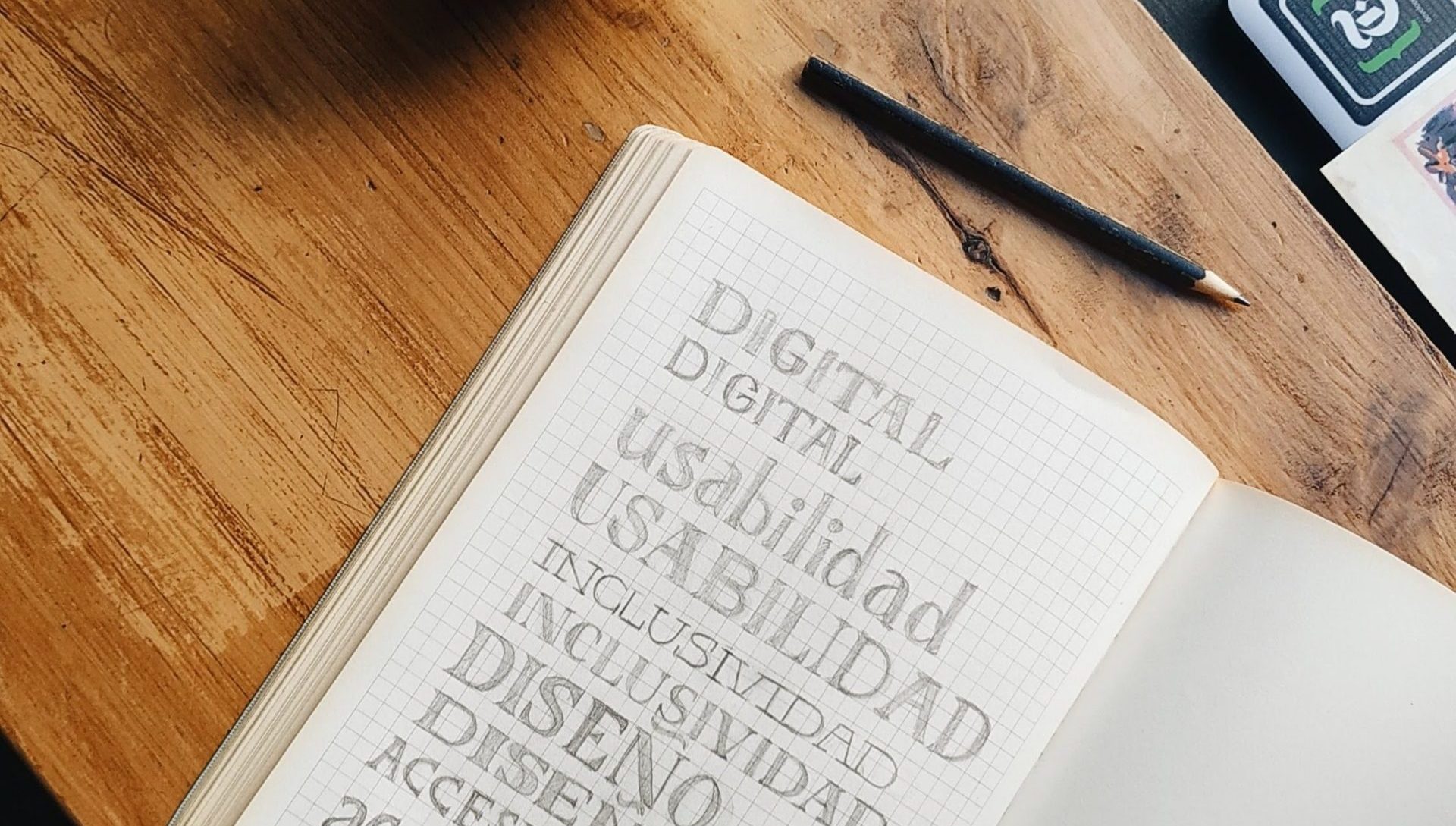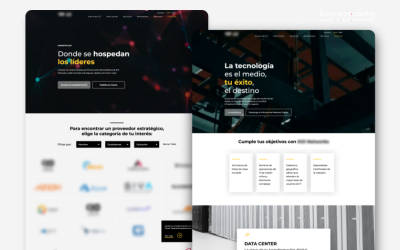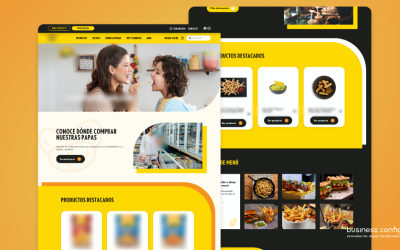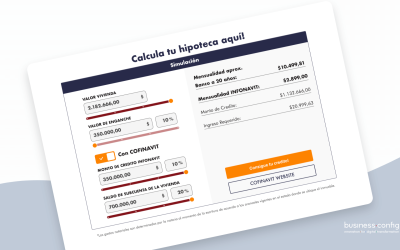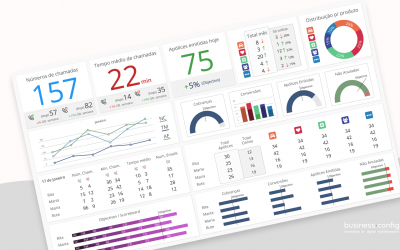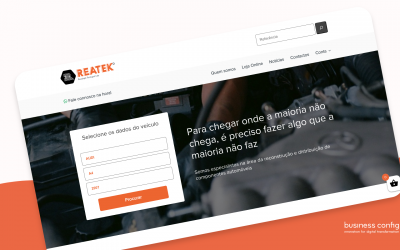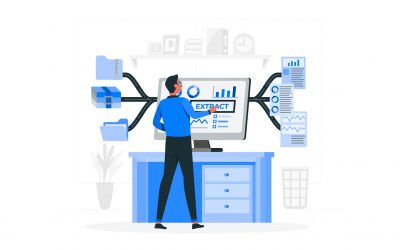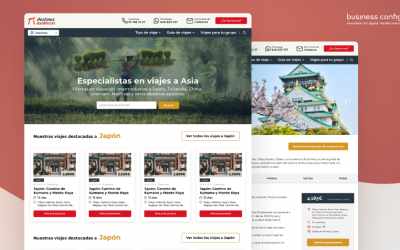The word “usability” is widely used in the production and development of digital products. This product can be an institutional website, transactional website (e-commerce), mobile application, or even a digital work platform (CRM and ERP software) that helps a company manage and control its communication with customers, logistics, etc.
Usability, UX & UI, are the same thing?
Usability differs from “UX & UI”, these two abbreviations come from English and mean, respectively: “User eXperience” and “User Interface”. Both areas are worked by web designers and digital designers, who may (in some cases) be more specialized in one segment than the other (UX vs UI):
UX = focused on the User Experience:
The main work of this professional is to create an experience that makes users feel good when using the product, being able to perform their desired tasks. The UX Designer makes all the information architecture and creates a navigation map with the best user-flow. Usually, this professional has a more analytical profile, in order to make a good interpretation of data and to be able to organize them in schemes (drawings) that represent the initial structure of a website or application.
UI = focused on the User Interface:
In this profession, a designer needs to design all visual elements and interactivity, so that the digital product is aesthetically pleasing to the user, likewise, UI Designer (collaboratively) adds aesthetic attributes to the work of an UX Designer. It’s like giving life to the “skeleton” (that initial structure), and to be sure the product gets the brand (company) identity. Usually this professional has a more creative profile and a bigger sense of aesthetic / visual design.
(ATTENTION: Because there are many UX|UI Designers who are able to exercise both professional areas simultaneously, with very high quality and appreciation!) ?
So, what is Usability after all?
Usability is related to the studies of Ergonomics and Interaction Human-Computer. According to ISO 9241, on “Ergonomics of human-system interaction”:
Usability is the extent to which a system, product or service can be used by specified users to achieve specific goals with effectiveness, efficiency and satisfaction in a specified context of use (ISO 9241-11).
Thus, it is concluded that Usability goes beyond the ease in performing tasks by users. It also works with user satisfaction when they are interacting with a digital product. This includes the factors: whether a product is usable, engaging and aesthetically pleasing to the target audience that interacts with them.
In short, usability can be represented as the pillar that makes the intersection, and the perfect connection, between the interface and the experience that users will have when interacting with a digital product:
1. Usability as intersection and connection of UX & UI.
And how can Usability help?
It is essential that a digital product has good usability, otherwise it will not be able to achieve the goal, and bring the results that a company seeks to obtain. It will also leave users frustrated with the service or product offered by a particular brand (company) and, as the ‘User Experience Stats — Highlights’:
88% of online shoppers say they wouldn’t return to a website after having a bad user experience.
Therefore, the usability will help a lot! Because it is fundamental to enhance your services and your positioning in the digital environment.
How to improve Web Usability?
To start improving the usability of a digital product, we must deeply understand the five basic components that it sustains. Thus, the specialist Jakob Nielsen, in the book “Usability Engineering”, explains the following components:
1. Learnability: How easy is it for users to accomplish basic tasks the first time they encounter the design?
2. Efficiency: Once users have learned the design, how quickly can they perform tasks?
3. Memorability: When users return to the design after a period of not using it, how easily can they reestablish proficiency?
4. Errors: How many errors do users make, how severe are these errors, and how easily can they recover from the errors?
5. Satisfaction: How pleasant is it to use the design?
With the answers to the above questions, you can start improving the usability of any digital product. ?
Do you have one of these products mentioned and cannot answer the questions yourself?
Calm down, because this is super normal! And to solve this problem there are professionals specialized in usability issues. They are going to help you with several kinds of tools and methods that can add up value to your digital product! Some of these methodologies and tools are:
• Heuristic Analysis (Expert Review)
• Web Usability Guidelines (Expert Review)
• A / B Testing (User evaluation)
• User Testing / Usability Testing (User evaluation)
• Card Sorting (User evaluation)
• Heat Maps (User evaluation)
• Eye Tracking (User evaluation)
• NPS Surveys – Net Promoter Score (User evaluation)
• Google Analytics (Evaluation by Users and Experts)
• Personalized and Comparative Consulting (Evaluation by Experts)
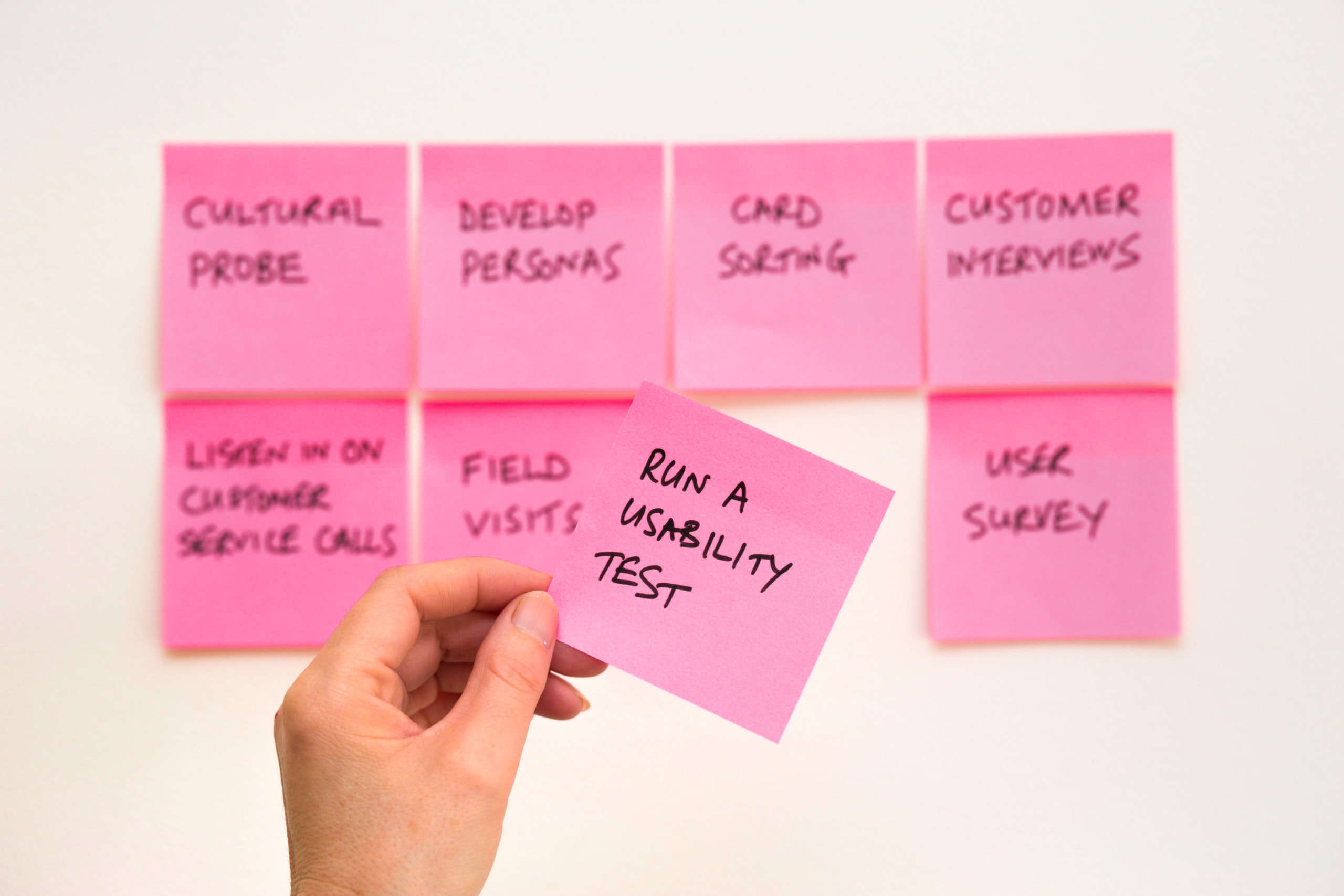
2. Usability: tools and methods.
I hope this article has clarified what Usability is and showed a little of the importance of this requirement, essential for the success of any digital product. This way you are guaranteed to get the best online results for your business and your customers (users). ✨
